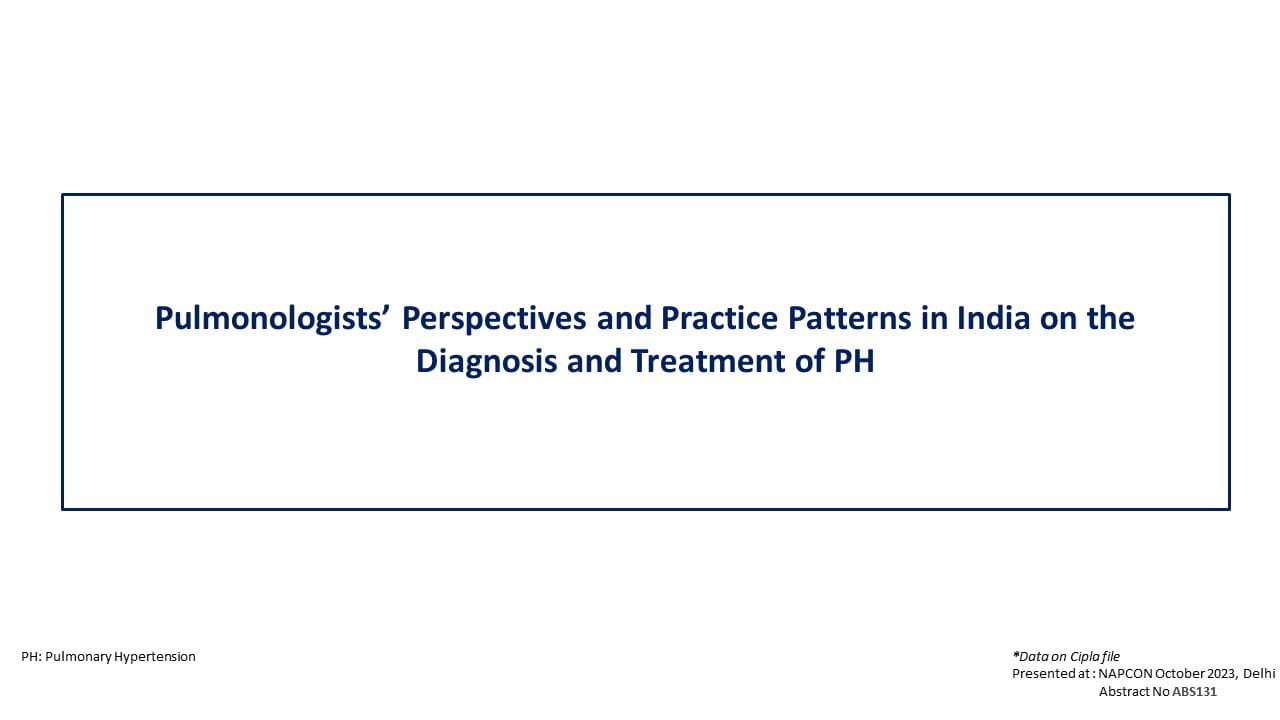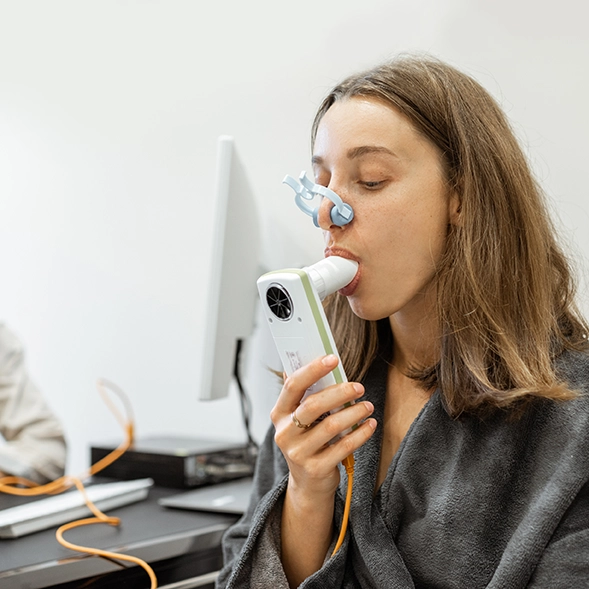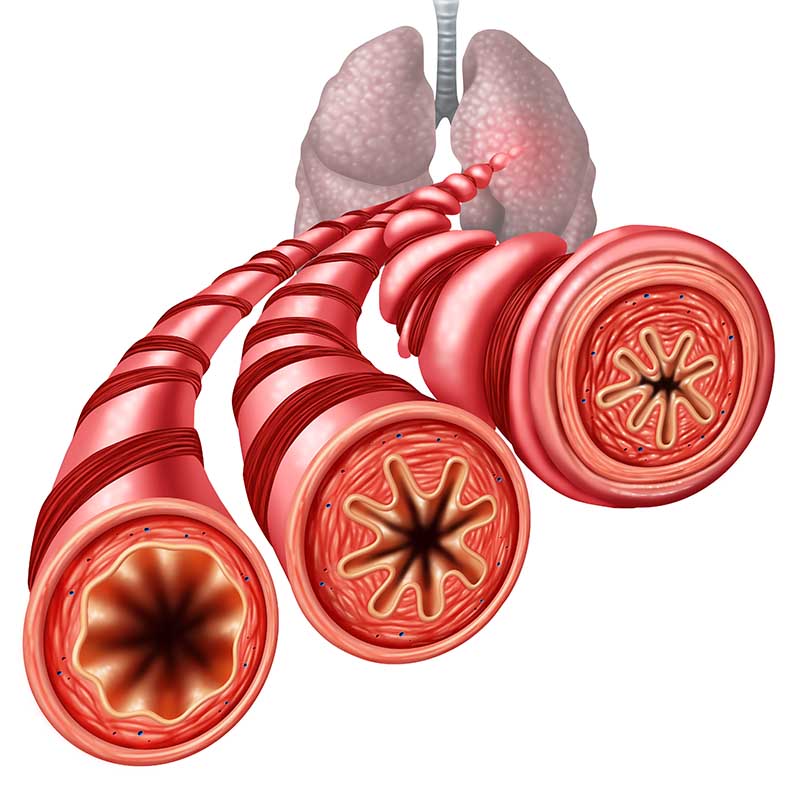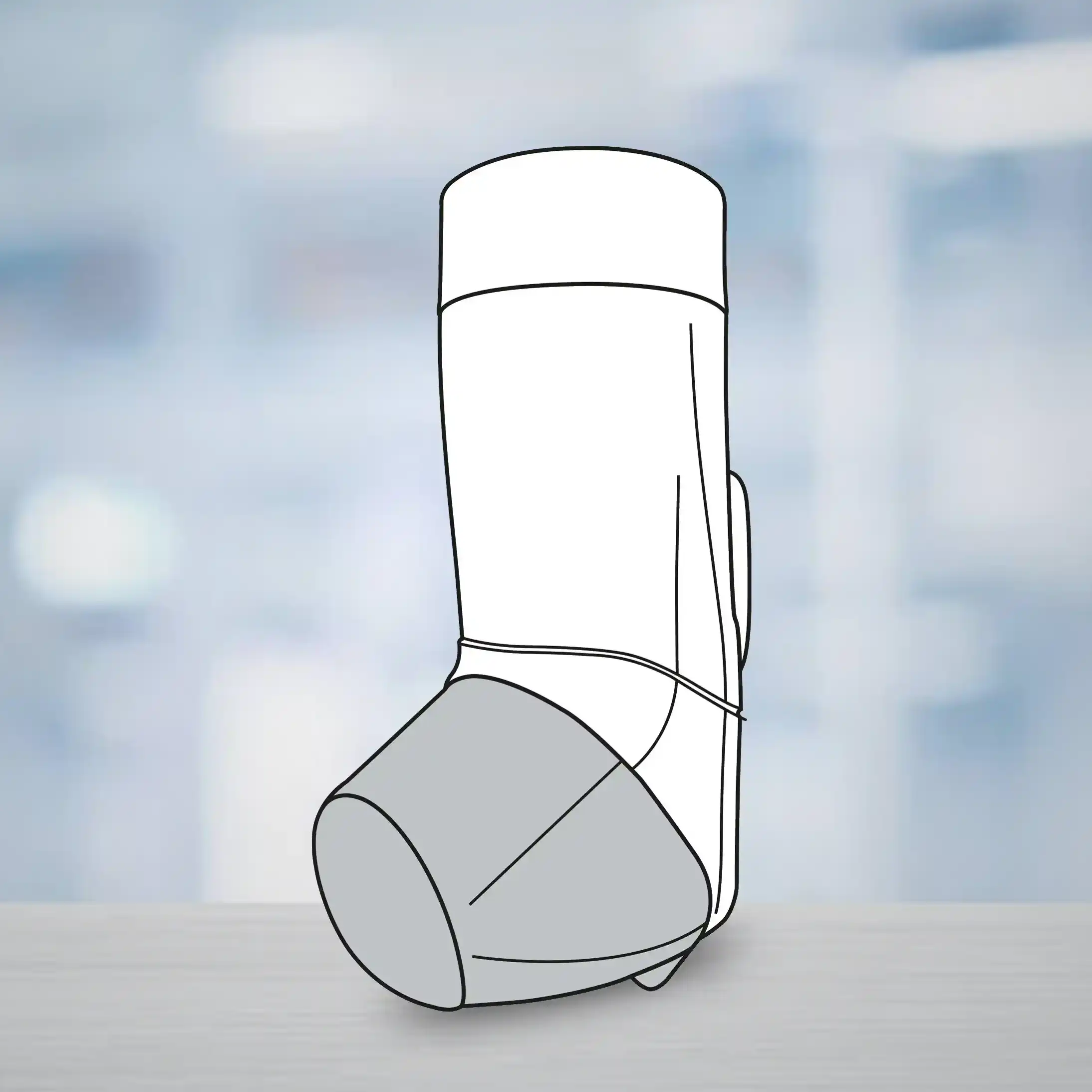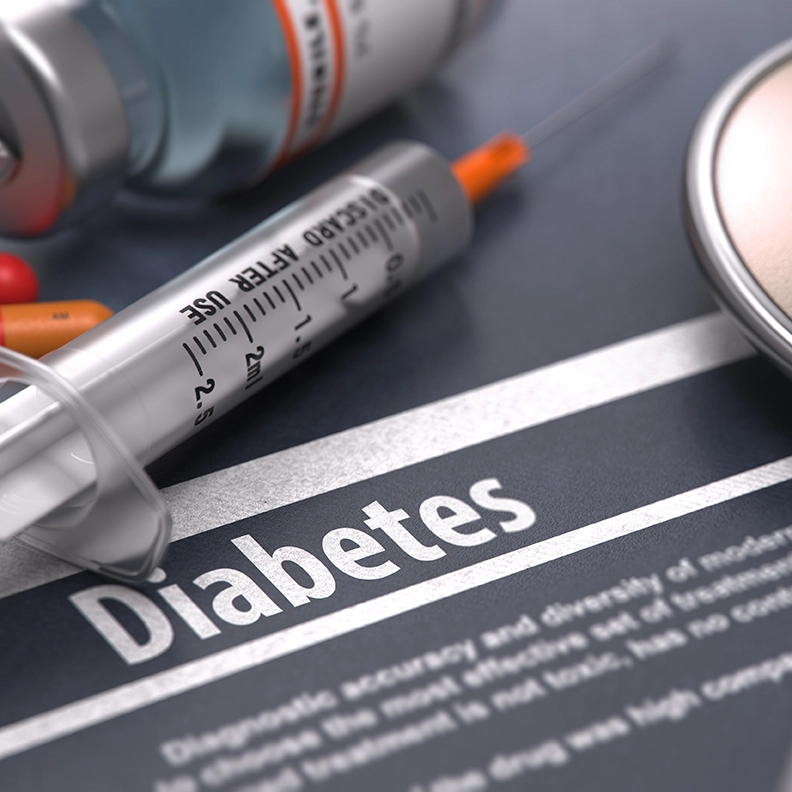Introduction
Recent years have seen a tremendous increase in the incidence of type-2 diabetes mellitus (T2DM) and chronic kidney disease (CKD). Diabetic kidney disease (DKD), a major complication of long-lasting diabetes leads to end-stage renal disease (ESRD). Good glycemic control has a pivotal role in mitigating the risk of declining renal function in T2DM patients. Currently there is no ambiguity on the use of antihyperglycemic agents in patients with T2DM and CKD. Dipeptidyl peptidase-4 (DPP-4) inhibitors have been used safely in patients with CKD, though their impact on kidney outcomes is still under scrutiny.
Aim
To determine the efficacy and safety of DPP-4 inhibitors in patients with T2DM and CKD using level 1 evidence.
Study Selection Criteria
- Randomized controlled trials (RCTs) determining the efficacy and safety of DPP-4 inhibitors in diabetes patients with CKD were included.
- In each study, the primary safety outcome comprised of the mean difference between glycated hemoglobin (HbA1c) at the beginning and the end of the study period and the primary safety outcome comprised of the incidence of adverse events (AEs) and severe adverse events (SAEs).
Methods
Study Design
- A Meta-analysis of RCTs.
Results
- The meta-analysis included 21 RCTs. The assessment of the efficacy of DPP-4 inhibitors in the treatment of T2DM and CKD included 2917 patients under the DPP-4 inhibitors group and 2377 patients under the control group.
- Patients treated with DPP-4 inhibitors vs. controls had a mean difference of -0.5295 [95% confidence interval (CI) of −0.5337 to −0.5252] for HbA1c (high heterogeneity for studies p <0.00001 and I2 = 99%, Z = 242.02; p < 0.00001).
- With regards to the safety outcome and tolerability of DPP-4 inhibitors, data of 8138 patients treated with the DPP-4 inhibitors was compared to that of 7517 patients in the control group. The odds ratio (OR) of AEs between both the study groups was 0.9967 (95% CI of 0.9967 to 1.1047, low heterogeneity p = 0.25 and I2 = 15%). The overall effect, Z = 0.06 (p = 0.95), was insignificant.
- With regards to occurrence of SAE, the number of patients who suffered SAE did not differ significantly between the DPP-4 and the control group. DPP-4 inhibitors were thus safe and well tolerated by patients.
Conclusions
- T2DM patients suffering CKD frequently fail to achieve good glycemic control. This patient subgroup had significantly enhanced glycemic control when treated with DPP-4 inhibitors.
- There was no significant difference in the incidence of AEs amongst patients treated with the DPP-4 inhibitors and the control group.
Diabetes Metab Syndr Obes, 2024:17 1425–1440.


